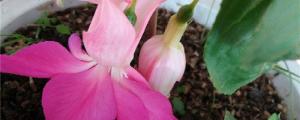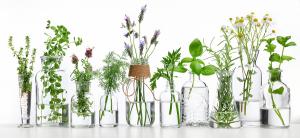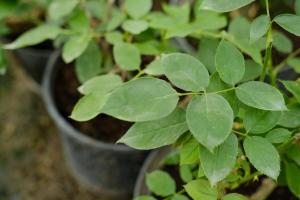What Are Plant Grow Lights
Plant grow lights, also known as grow lights or plant lamps, are artificial lighting systems designed to stimulate plant growth and development. These lights are used by indoor gardeners, botanists, and farmers to provide supplemental light to plants in environments where natural light is insufficient or nonexistent. The primary purpose of plant grow lights is to mimic the natural sunlight that plants need to grow and thrive.
The Benefits of Using Plant Grow Lights
There are several benefits to using plant grow lights. One of the primary benefits is the ability to control the light cycle that plants receive. By adjusting the amount and duration of light, gardeners can encourage plants to grow faster, produce more fruit or flowers, and even change the color or taste of the plant. Another benefit of using plant grow lights is the ability to grow plants indoors in environments that are not suitable for traditional gardening. This allows gardeners to grow plants year-round, regardless of the climate or weather outside. Additionally, using plant grow lights can help gardeners save money by increasing plant yield and reducing the amount of money spent on grocery store produce.
Types of Plant Grow Lights
There are several types of plant grow lights available, each with its advantages and disadvantages. Incandescent bulbs are one of the oldest types of grow lights, but they are not very efficient and produce a lot of heat. Fluorescent lights are more efficient than incandescent bulbs and produce less heat, but they are not as powerful as other types of grow lights. High-intensity discharge (HID) lights, including metal halide and high-pressure sodium lights, are much more powerful than fluorescent lights and produce a lot of heat, but they are also more expensive to purchase and operate. Finally, LED grow lights are the most efficient and versatile type of grow light available, producing very little heat and lasting a long time. However, they are also the most expensive type of grow light to purchase upfront.
How to Choose the Right Plant Grow Light
When choosing a plant grow light, it's important to consider several factors, including the type of plants you want to grow, the size of your growing area, and your budget. If you are growing small plants like herbs or lettuce, fluorescent lights or small LED lights might be sufficient. However, if you are growing large plants like tomatoes or cannabis, you might need a more powerful light system like HID lights or large LED arrays. Additionally, you should consider the cost of operation and the lifespan of the light system to determine which is the best investment for your needs.
Tips for Using Plant Grow Lights
When using plant grow lights, it's essential to ensure that the plants receive enough light without being overexposed. Most plants require between 12 and 18 hours of light per day, depending on the species. Additionally, some plants require specific light wavelengths or colors, which can be provided by different types of grow lights. It's also essential to monitor the heat generated by the grow lights and to ensure that the plants are not exposed to too much heat, which can damage or even kill them. Finally, it's important to follow the manufacturer's instructions carefully, including the distance from the plants and the duration of the light cycle, to ensure that the plants receive the optimal amount of light for healthy growth and development.
Conclusion
Plant grow lights are an essential tool for indoor gardeners, botanists, and farmers. They provide a way to simulate sunlight and promote plant growth and development in environments where natural light is insufficient or nonexistent. With several types of grow lights available, it's essential to choose the right type and size of light system for your needs and to monitor the light cycle carefully to ensure that the plants receive the optimal amount of light. When used correctly, plant grow lights can significantly increase plant yield, reduce the cost of produce, and provide year-round gardening opportunities.

 how many times do yo...
how many times do yo... how many planted tre...
how many planted tre... how many pine trees ...
how many pine trees ... how many pecan trees...
how many pecan trees... how many plants comp...
how many plants comp... how many plants can ...
how many plants can ... how many plants and ...
how many plants and ... how many pepper plan...
how many pepper plan...































